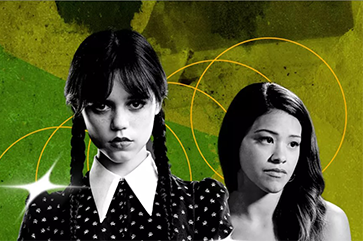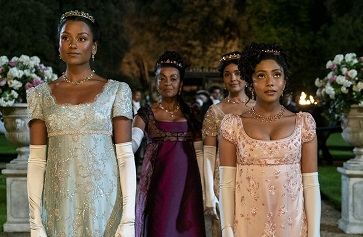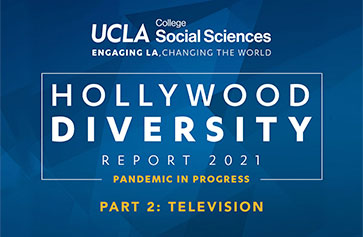Tag Archive for: Hollywood Diversity Report
 https://www.college.ucla.edu/wp-content/uploads/2023/12/hdr-ss-363-241.png
241
363
Alvaro Castillo
https://www.college.ucla.edu/wp-content/uploads/2019/07/Uxd_Blk_College-e1557344896161.png
Alvaro Castillo2023-12-13 14:09:462023-12-19 14:10:12Netflix data reveal shows and films with Latinos among top viewed
https://www.college.ucla.edu/wp-content/uploads/2023/12/hdr-ss-363-241.png
241
363
Alvaro Castillo
https://www.college.ucla.edu/wp-content/uploads/2019/07/Uxd_Blk_College-e1557344896161.png
Alvaro Castillo2023-12-13 14:09:462023-12-19 14:10:12Netflix data reveal shows and films with Latinos among top viewed
Women and people of color still less likely to helm big-budget TV shows
Latest Hollywood Diversity Report from UCLA signals potential…
 Courtesy of Universal Studios
Courtesy of Universal StudiosPeople of color helped keep movie business afloat during pandemic
UCLA Hollywood Diversity Report emphasizes importance…

TV shows with diverse writers rooms, casts resonated with pandemic audiences
By Jessica Wolf
The latest UCLA Hollywood Diversity Report, published…

2020 Hollywood Diversity Report: A different story behind the scenes
Oscars viewers this weekend might see the predominantly white…

‘Black Panther’ success amplifies findings of UCLA’s Hollywood Diversity Report
“In part, we hope this serves as tool for artists, producers,…

